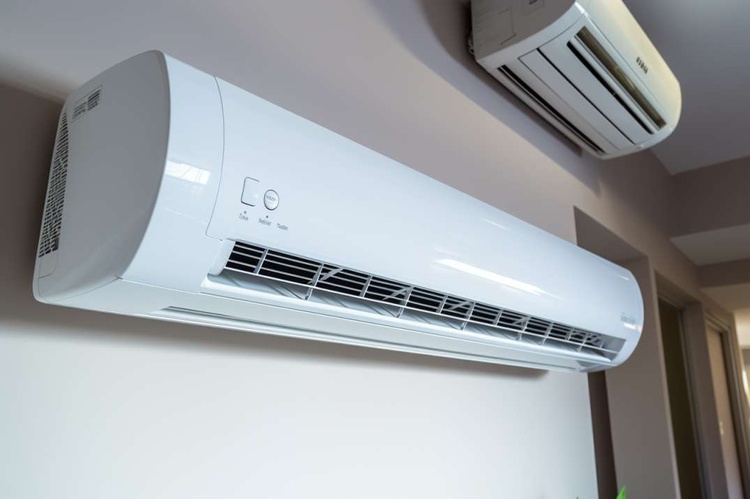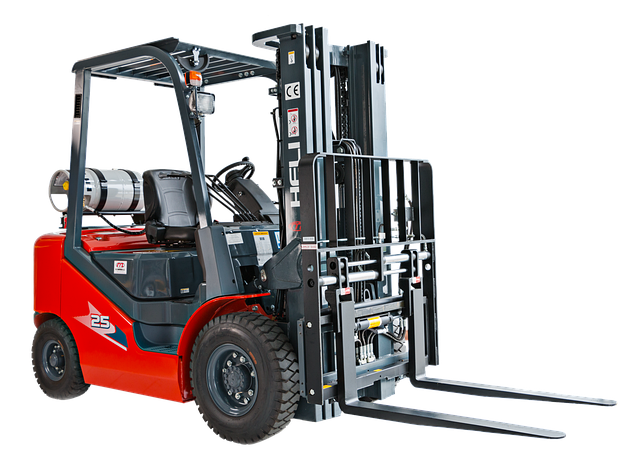Air Conditioners Without Outdoor Units: Compact Cooling Solutions for Modern Spaces
Air conditioners without outdoor units offer a sleek, space-saving solution for cooling modern interiors, especially in apartments, offices, or historic buildings where installing bulky external equipment isn’t practical or allowed. These compact systems integrate all essential components into a single indoor unit, eliminating the need for complex installation while maintaining effective cooling performance. With their minimalist design, quiet operation, and energy-efficient technology, they provide a practical and stylish alternative for those seeking comfort without compromising space or aesthetics.

Key Advantages of Going Outdoor-Unit-Free
These modern cooling systems offer several distinct benefits compared to conventional air conditioners. The most notable advantage is their space-saving design, eliminating the need for external components that can affect building aesthetics. They require only a small wall perforation, typically 4-6 inches in diameter, making them ideal for preservation zones and apartments with strict exterior modification rules. Additionally, these units are generally quieter than traditional split systems since the main operational components are housed within the indoor unit.
Installation and Space Requirements
Installation of outdoor-unit-free air conditioners is considerably simpler than traditional systems. The process typically involves creating two small holes in an external wall for air intake and exhaust, mounting the indoor unit, and connecting the necessary components. The entire installation can usually be completed in a few hours, causing minimal disruption to the living space. Most units require only 4-8 inches of wall depth, making them suitable for most standard wall constructions.
Maintenance Tips for Long-Lasting Cooling
Regular maintenance is crucial for optimal performance and longevity. Key maintenance tasks include:
-
Monthly cleaning or replacement of air filters
-
Quarterly inspection and cleaning of the condensate drainage system
-
Annual professional inspection of the internal components
-
Regular cleaning of the air intake and exhaust vents
-
Checking and cleaning the heat exchanger every six months
Energy Efficiency and Performance
Modern outdoor-unit-free air conditioners typically operate with energy efficiency ratings comparable to traditional split systems. Most units feature inverter technology, allowing them to adjust cooling output based on demand, resulting in reduced energy consumption. The cooling capacity generally ranges from 7,000 to 12,000 BTU, suitable for rooms between 250 to 400 square feet.
Price Range and Cost Comparison with Traditional ACs
| AC Type | Initial Cost | Installation Cost | Annual Operating Cost |
|---|---|---|---|
| No-Outdoor Unit | $1,200-$2,500 | $300-$600 | $150-$300 |
| Traditional Split | $1,000-$3,500 | $500-$2,000 | $200-$400 |
| Portable AC | $300-$700 | $0 | $100-$300 |
Prices, rates, or cost estimates mentioned in this article are based on the latest available information but may change over time. Independent research is advised before making financial decisions.
Performance Considerations and Limitations
While these units offer many advantages, they do have some limitations. Their cooling capacity is generally lower than traditional split systems, making them more suitable for smaller spaces. The units also require proper ventilation and must be installed on an external wall. Performance may be affected in extremely hot climates, where traditional split systems might provide more effective cooling.
These innovative air conditioning solutions represent a practical alternative for spaces where traditional units aren’t feasible. Their compact design, easier installation, and minimal aesthetic impact make them increasingly popular in urban environments, though careful consideration of space requirements and cooling needs remains essential for optimal results.




